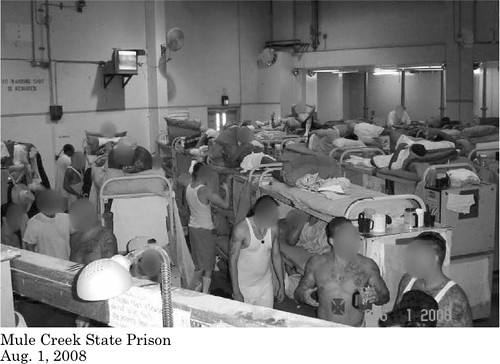Central Valley Congressman Shifts in the Political Winds
by Brian Leubitz
Rep. Devin Nunes(R-Tulare) occasionally likes to pretend that he’s somewhat “moderate”. Not like really moderate, but Tea Party moderate. So, he was seriously considering voting for a clean continuing funding resolution to end the government shutdown. In fact, he said he would support it on September 30 to the Huffington Post, and the audio is available online(right there->). That would be meaningful, as there is now a bare majority for such a clean “CR” as the DC lingo goes.
But, now he says he is totally not down for a clean “CR”. Apparently the Tea Party folks got the memo about Nunes doubts and let him know of their displeasure. The Tea Party is using the so-called “Hastert Rule” to prevent the House from voting on a clean CR, and at the same time they are using outside grassroots pressure to threaten any wayward Republicans.
The interesting thing here in California is that given our Top-2 system, representatives are now less threatened by primary challenges. While the seat is solidly Republican at a Cook PVI of R+12, the top two means that Nunes doesn’t need to run in a nutty R-only election anymore. As incumbent, he is exceedingly likely to make it through to the general election, whether against another Republican or a Democratic challenger. And, for better or worse, you have to like his odds in a general election matchup however it ends up.
But apparently fighting for his ideological masters is more apparent than fighting for his constituents.






